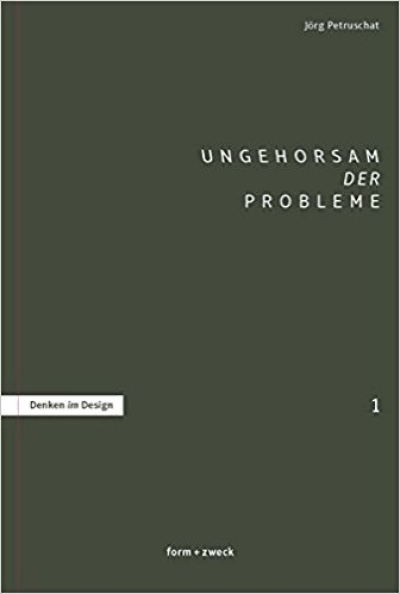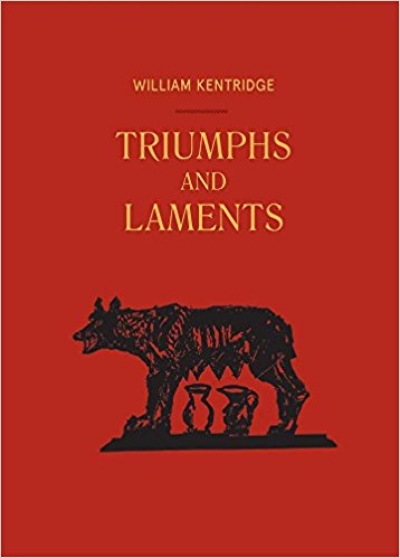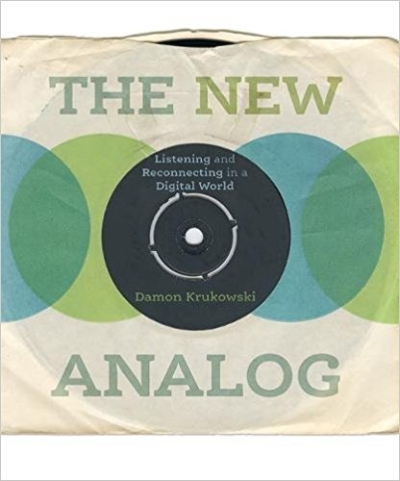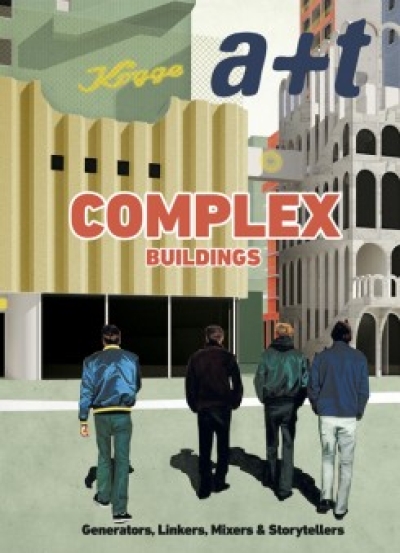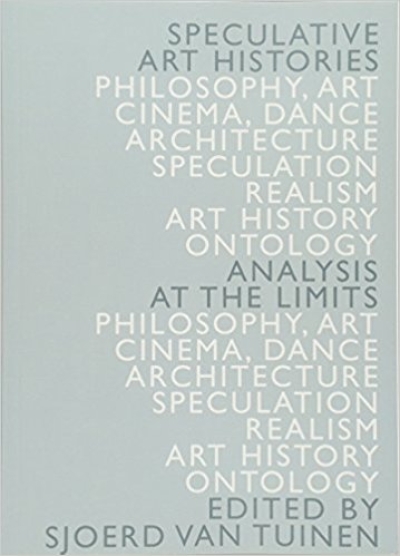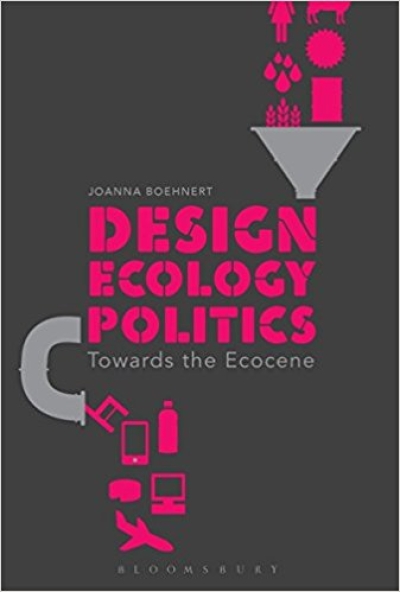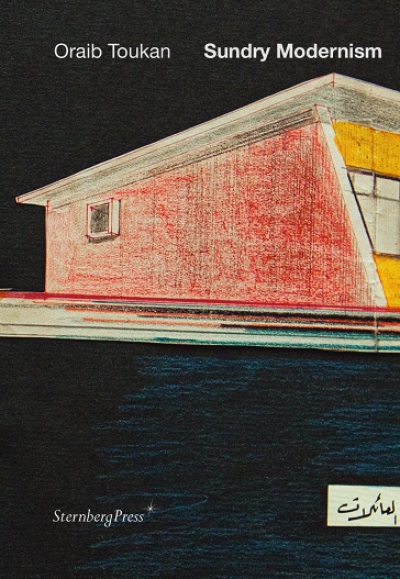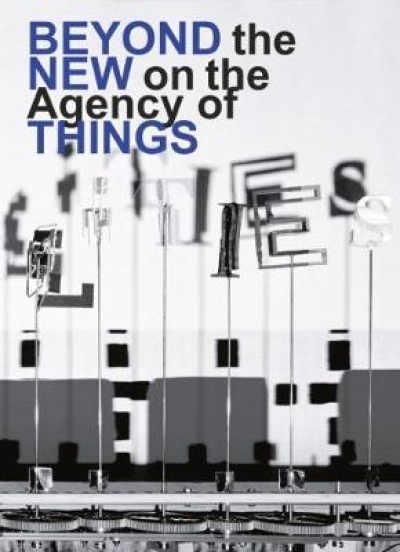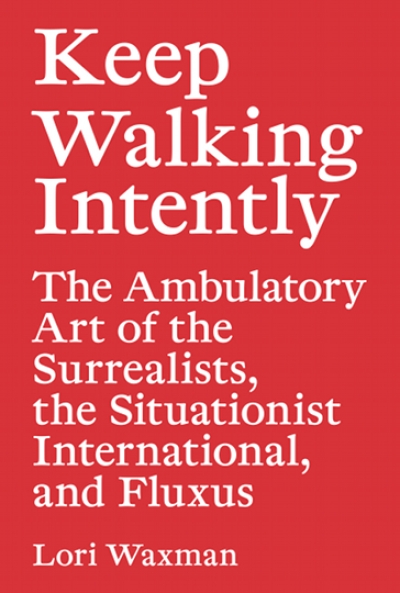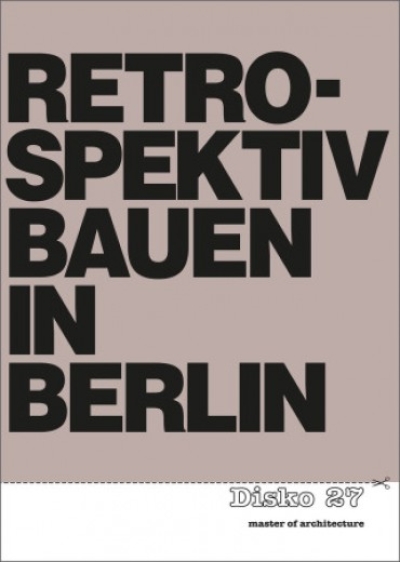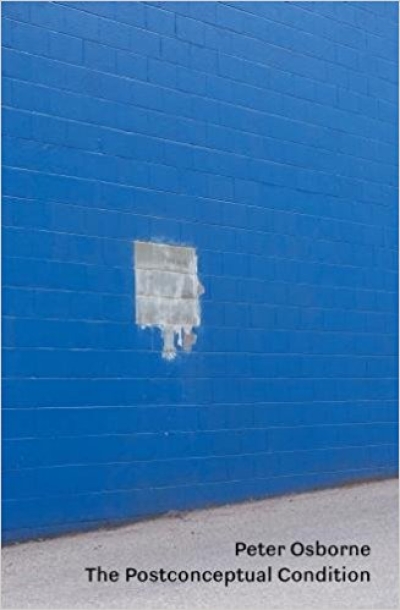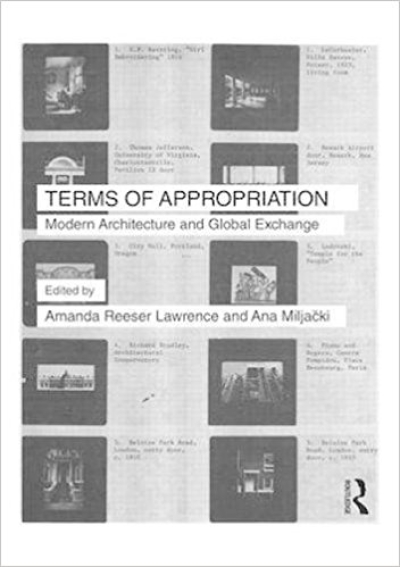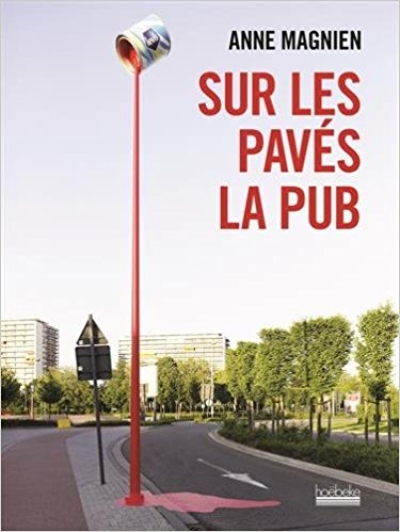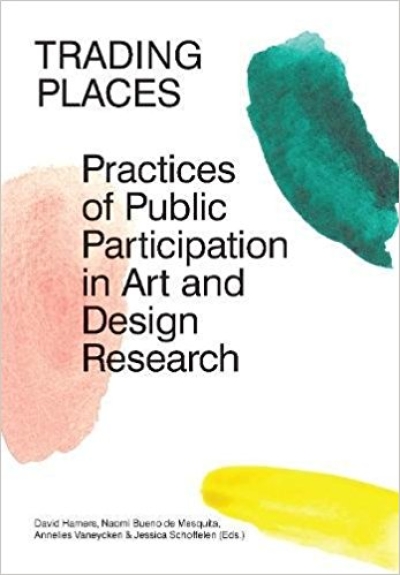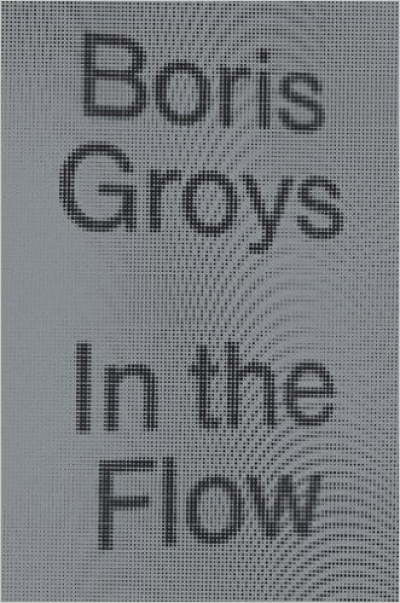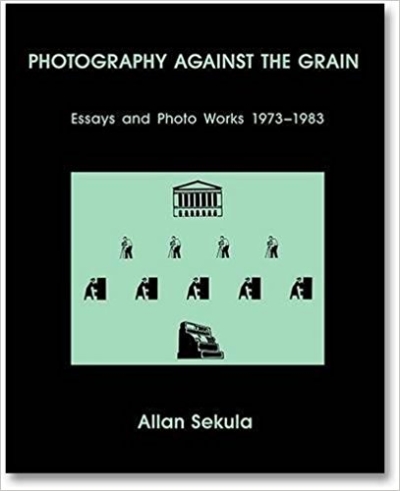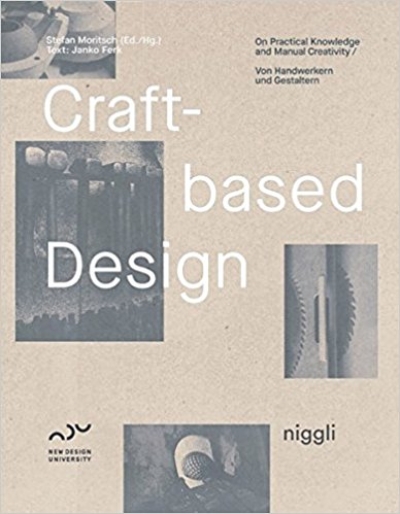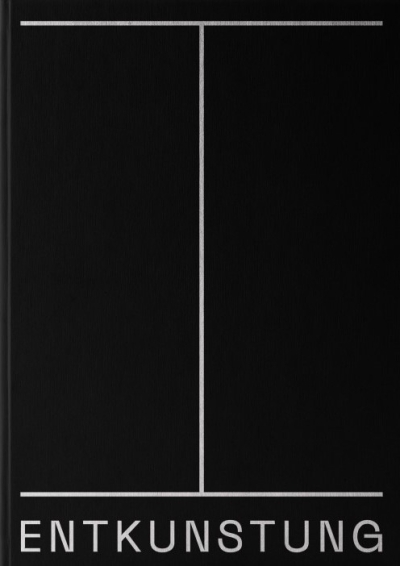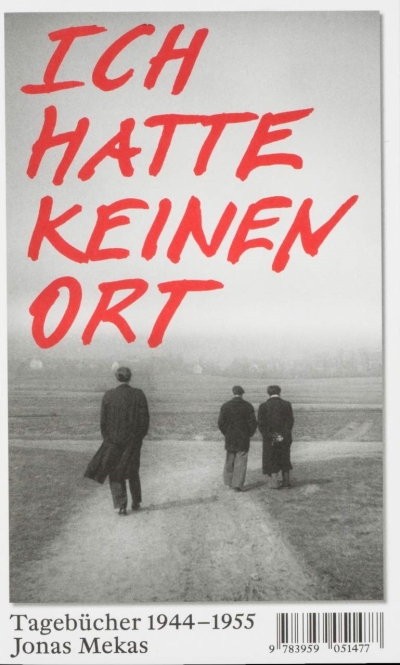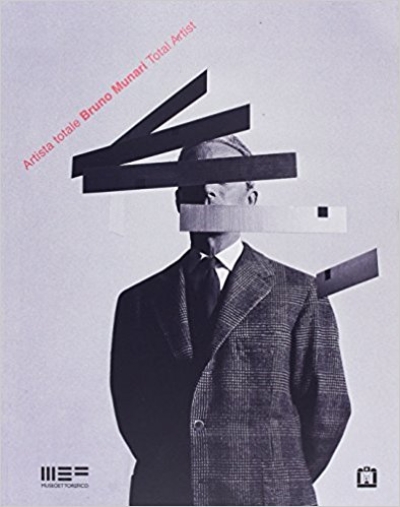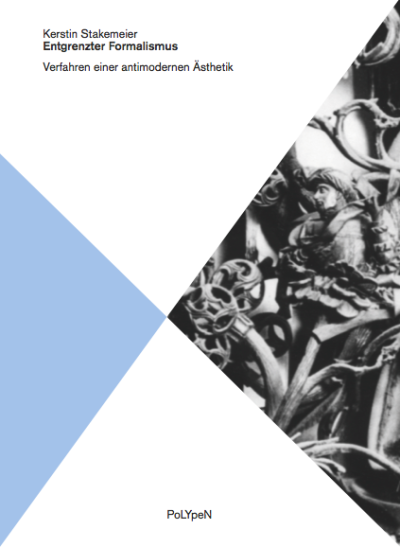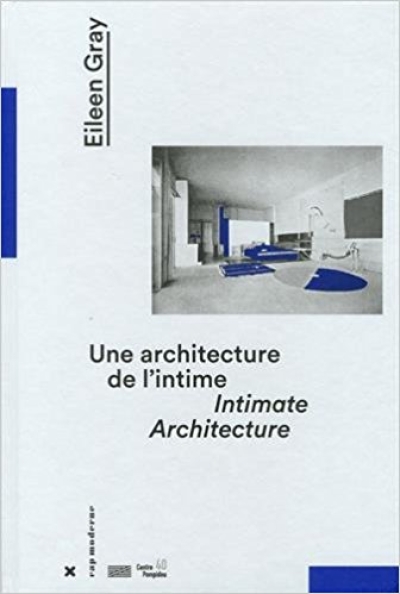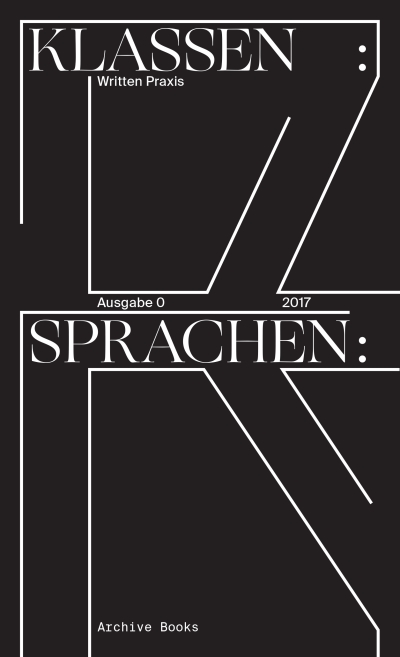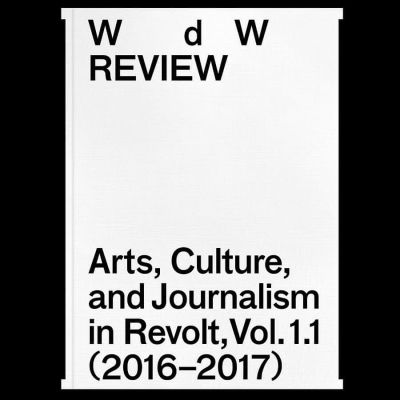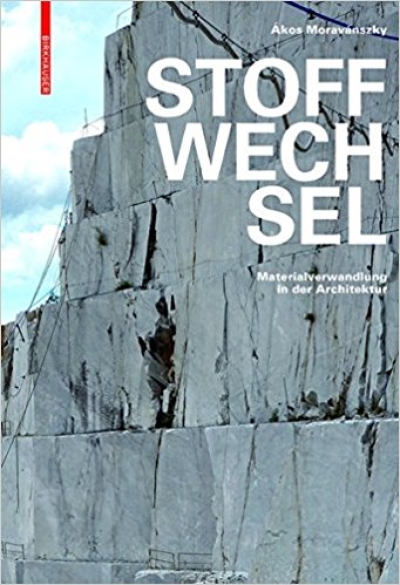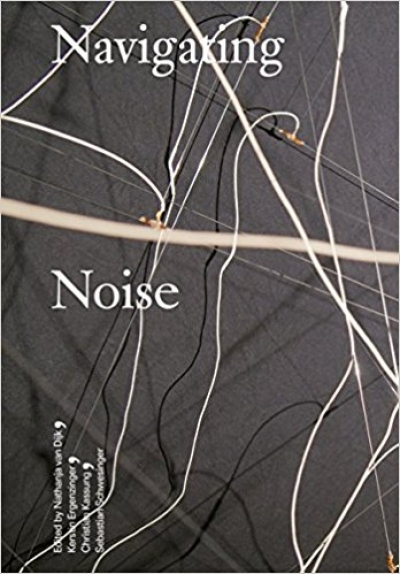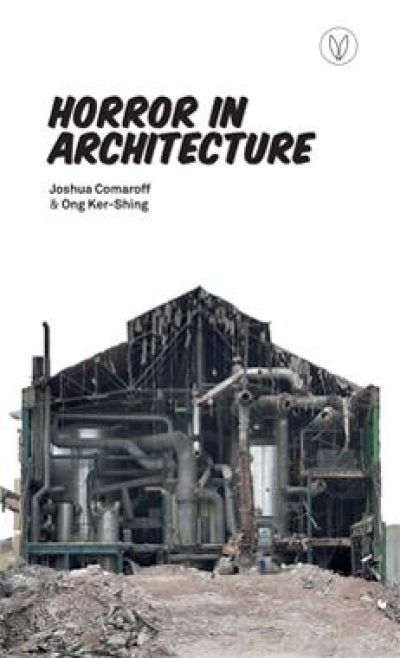
Horror in Architecture
This book looks at the idea of horror and its analogues in architecture. In these, normal compositions become strange: extra limbs appear, holes open where they should not, individual objects are doubled or split or perversely occupied. Horrifying buildings re-imagine the possibilities of architectural language, shifting from “natural” norms to other, more rarified and exciting options. They define an expanded aesthetic field that marries the beautiful to the distorted, the awkward, the manifold, and the indeterminate.
Through an investigation that spans architecture art, and literature, this study attempts to limn horror through its shifting forms and meanings—and to identify a creeping unease that lingers at the very center of the modern project. Horror in Architecture may be read as a history, as an alternative to the classic canon of good and proper architectures, or as a sly manifesto for a new approach to the design of the built environment—one that encourages a playful subversion of conventions.
To capture horror in its many guises, this study is presented in a unique manner. An introductory essay describes the historical fortunes of horror as an aesthetic idea, from Roman antiquity to the pulp films and novels of the present day. Here, the authors put forward a new theory of the sources and effects of horror in modernity and in modern architecture. This is followed by case studies of types, linking classic tropes (clones, doubles, hybrids, psychotics and the undead) to specific buildings and architectural theories.
As a result, this study may be read in a number of different ways. It may be consumed as a total theoretical piece, from start to finish. Or it may provide a series of more casual readings, in the various chapters and brief presentations of the works of individual architects or buildings.
http://www.oroeditions.com//book/horror-architecture



